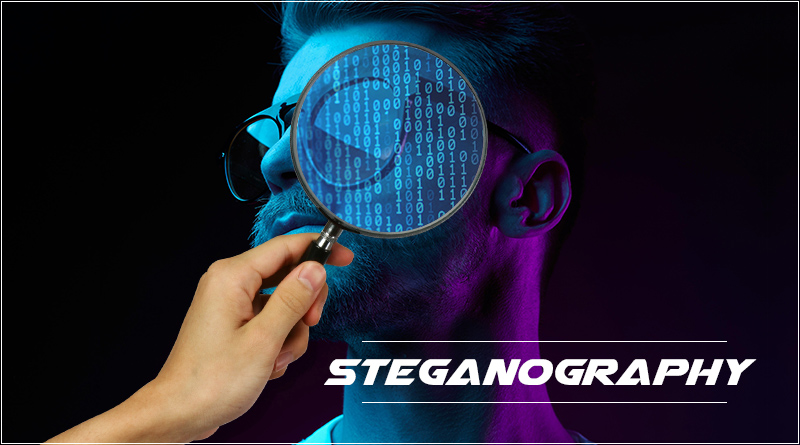
- #Steganography app for mac install#
- #Steganography app for mac update#
- #Steganography app for mac archive#
Most browsers have already dropped support for Flash Player or disable it by default. Adobe plans to discontinue security updates for the real Flash Player at the end of this year.
#Steganography app for mac update#
In 2020, nobody should believe any site that prompts them to download or update Flash. OSX/MacOffers arrives as a Flash Player-mimicking Trojan horse.
#Steganography app for mac archive#
zip archive file that contains another malicious app.

However, the JPEG contains a Base64-encoded.

In this case, the application bundle found on the disk image contains a JPEG graphic file that seems innocuous to the naked eye. Steganography is the ancient technique of stealthily hiding secret information inside something in plain sight. The discovery of this malware marks the second time that Apple is known to have notarized Mac malware samples the first known incident was discovered several weeks earlier, in late August.
#Steganography app for mac install#
Therefore, there’s a significantly higher chance that victims will install Trojan horse malware that has sneaked through Apple’s notarization process undetected. However, one must control-click or right-click to open non-notarized apps.) (One can double-click on a notarized app to open it. When Apple notarizes an app, it’s much easier for users to run the app on macOS Mojave, macOS Catalina, and the upcoming macOS Big Sur. If the software appears to be malware-free, then Apple automatically notarizes it. Mac software developers submit apps to the Apple notary service, and Apple runs automated scans to check for malicious content. The new malware uses a technique called steganography to hide its malicious payload within a separate JPEG image file, which is likely why the malware was able to slip past Apple’s notarization process. Meanwhile, a sample of the second-stage malicious payload was only detected by 4 out of 60 antivirus engines on VirusTotal as of October 12. This time, rather than the notarized malware belonging to the OSX/Shlayer and OSX/Bundlore families, the latest malware is from the OSX/MacOffers (aka MaxOfferDeal) family.Īll of the half-dozen samples of Trojan disk image (.dmg) files, as well as the malware’s first-stage Trojan application, had a 0% detection rate on VirusTotal when they were first uploaded between October 6 and 13. Intego previously reported that Apple inadvertently notarized more than 40 malware samples in August. Using this architecture provides easy integration of new steganography algorithm and cryptography process.Malware Apple notarizes new Mac malware… againįor the second time in six weeks, Apple has been caught notarizing Mac malware. Allow application to encrypte data before hidding them (ex: AES 256).Audio format plug-ins (ex: WAVE), provided output for.Image format plug-ins (ex: BMP, JPEG), which allow you to save informations into output files (ex.Media format and encryption are supported by plug-ins : Hide information into images and sounds (LSB).SilentEye is free to use (under GNU GPL v3). It provides a pretty nice interface and an easy integration of new steganography algorithm and cryptography process by using a plug-ins system. SilentEye is a cross-platform application design for an easy use of steganography, in this case hiding messages into pictures or sounds.


 0 kommentar(er)
0 kommentar(er)
